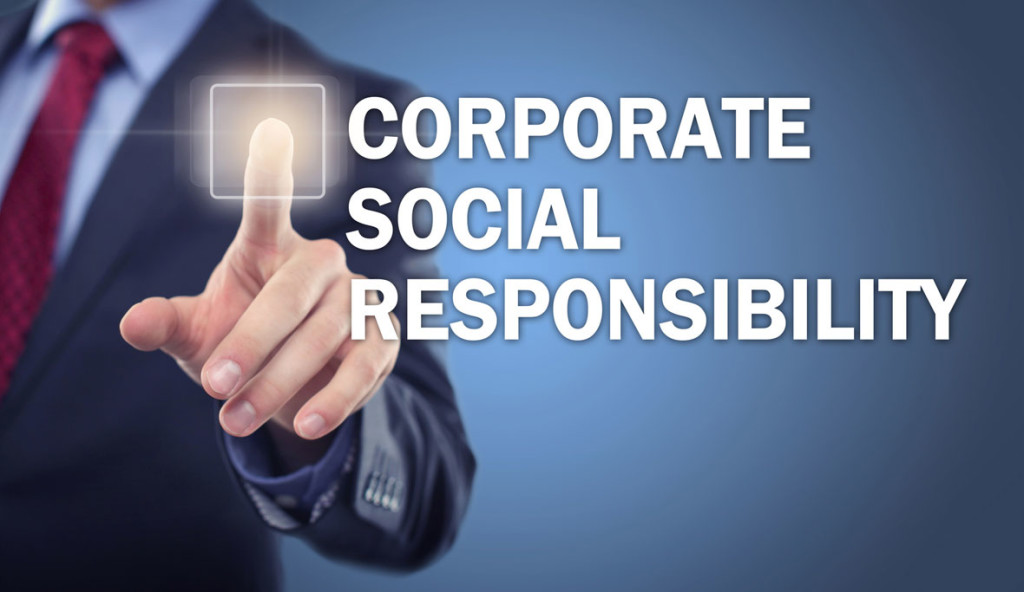Successful Corporate Social Responsibility programs go beyond one-time donations or galas aimed at raising money for a cause. They involve an institutional commitment that starts in lines of business like operations, HR and marketing, and spread through an organization until CFOs and the board of directors understand the impact they can have on top and bottom line.
The world’s most visible and admired brands have put sustainability, social justice and corporate citizenship at the forefront of their communications programs. It starts at the top, with Marc Benioff and Richard Branson tweeting and speaking out on topics related to climate, diversity and social justice in a way that permeates their corporate brands. That focus is bottom-up from the employees and top down from the CEOs of those brands, making it much easier to achieve institutional buy in for CSR campaigns. But not every company has that buy-in at the CEO level out of the gate, so it becomes critical to demonstrate the value of CSR over time.
Part of convincing internal executive audiences and external investors of the power and strategic value of CSR rests in the ability to show that those initiatives are having tangible business impact. Getting the word out — both through external and internal communications — is critical to establishing that buy-in. And that is where companies tend to struggle.
Here are three reasons CSR communications programs struggle and how to fix them:
Lack of focus
Too many brands bundle CSR under existing communications functions where they inevitably are lost. While data has shown that effective CSR can boost employee engagement and productivity, attract better candidates, and drive top line and bottom line growth, the impact is less linear than say, a successful product launch. Proactive CSR communications die a slow death when managed by the same team focused on corporate and product PR.
CSR communications needs a separate carve-out from corporate PR with its own resources, a dedicated team and a focus that doesn’t allow it to become lost in the shuffle of a product launch or corporate earnings announcement. You also need a team that understands CSR issues and can anticipate objections from external stakeholders related to initiatives you may be implementing.
Is this energy efficiency approach novel or noteworthy? Are there any perceived environmental drawbacks to adopting this type of renewable energy? These are the types of questions that can paralyze a talented corporate PR professional or mystify a product PR professional, making it even easier to back burner a CSR initiative. CSR needs focus, attention and it needs expert support. Anything less is a half measure.
Primary goal: earned media
Many brands come to CSR wanting something they’re used to getting for positive corporate or product news: earned media coverage. Earned media is a great crutch for PR teams as it is an “output” that they can put in front of executives to show that the program has momentum. And while media coverage is still an incredibly important part reaching strategic audiences, it cannot be the primary goal of a CSR program.
The great thing for companies is that there are a number of other channels through which you can get the word out about your charitable giving and broader CSR initiatives. Content — including contributed, owned and social content — can be a very effective way to tell a story around your broader CSR initiatives. When the focus is on, “what content can we create to highlight this initiative?” you establish much more realistic goals that still have tremendous impact. You also avoid that awkward line of pushing your charitable programs so hard that people begin to question the motives behind them.
When Yamaha recently announced its Music Essentials charitable giving initiative with DonorsChoose.org, it did so with a Medium post by an executive and punctuated the campaign with an event at an East Palo Alto school featuring violin prodigy and music star Lindsey Stirling. The event itself generated plenty of visual content and social buzz which helped drive visibility for the initiative. This softer approach to publicizing CSR initiatives can still generate earned media coverage and be highly effective for a brand while keeping the emphasis in the right place: on the cause.
Transactional, no narrative
In an age where content and thought leadership are highly effective ways to communicate consistent and compelling company narratives, most PR professionals understand that a one-off transactional approach to PR does not work. Unfortunately, CSR communications is an area where that sort of approach still dominates with companies wanting to highlight one-time donations, campaigns or initiatives that don’t tie back to a larger story or focus.
Companies need to paint a larger story with a clear focus, third-party validation and backed up by progress and milestones. The most impactful outcomes from a communications perspective involving a focus on why the company is involved and not what the company is doing, so from a messaging perspective the focus needs to be on the larger issue.
Organizations should also not completely shy away from communicating what they get as a benefit from driving a campaign. Journalists and most other external audiences are smart enough to figure out how a brand may benefit from championing a cause or embracing energy efficiency in California, so brands can only benefit from being transparent and establishing trust internally and externally with CSR stakeholders.
CSR programs have never been a more strategic aspect of an organization’s internal communications and public relations programs than they are today. Generational attitude shifts, climate-driven environmentalism and a slow but steady climb out of the financial crisis have converged to make corporate citizenship a cornerstone of employee and stakeholder engagement. But without focus, the right goals and the right approach, your CSR PR could undersell the great work you are doing.
This article was taken from here.

